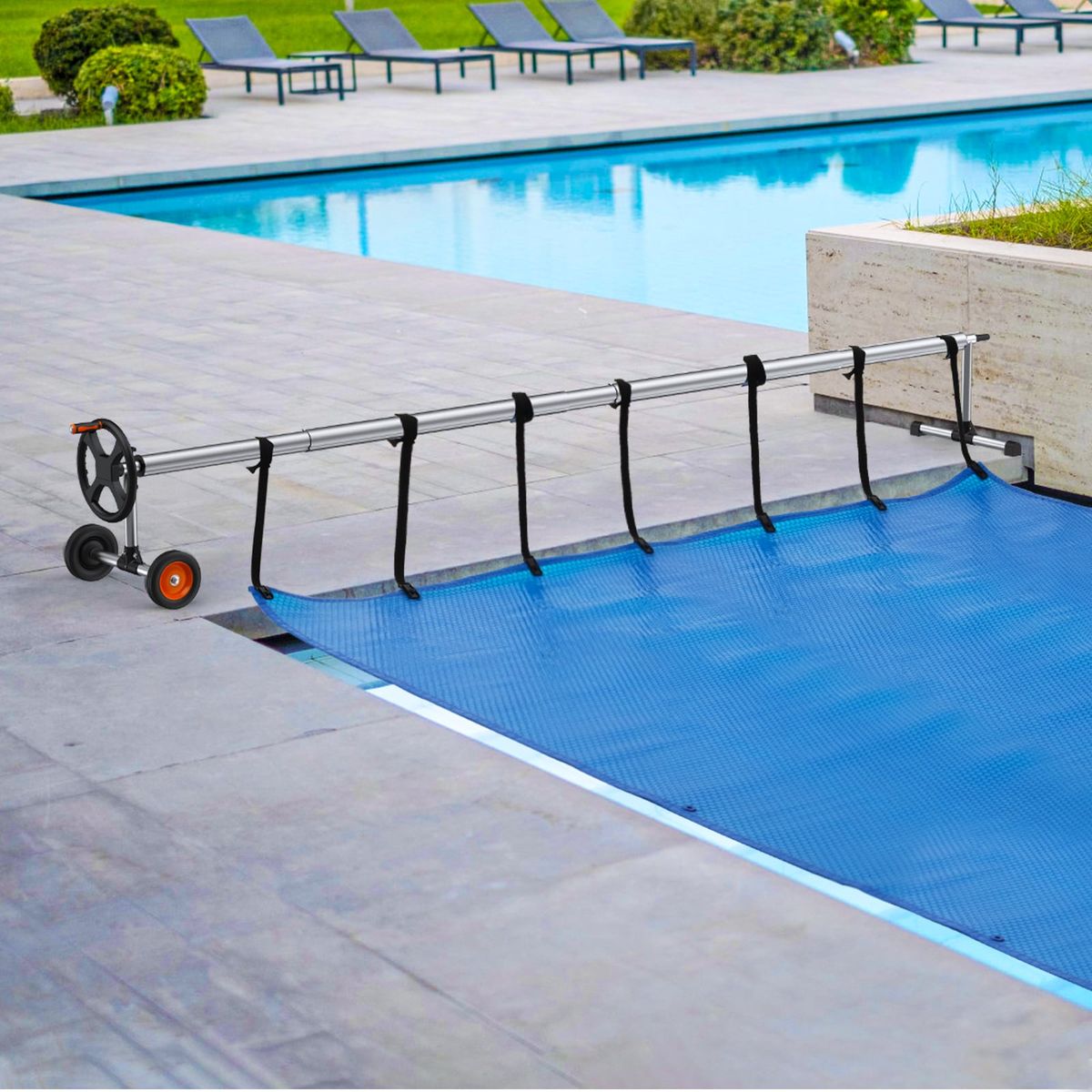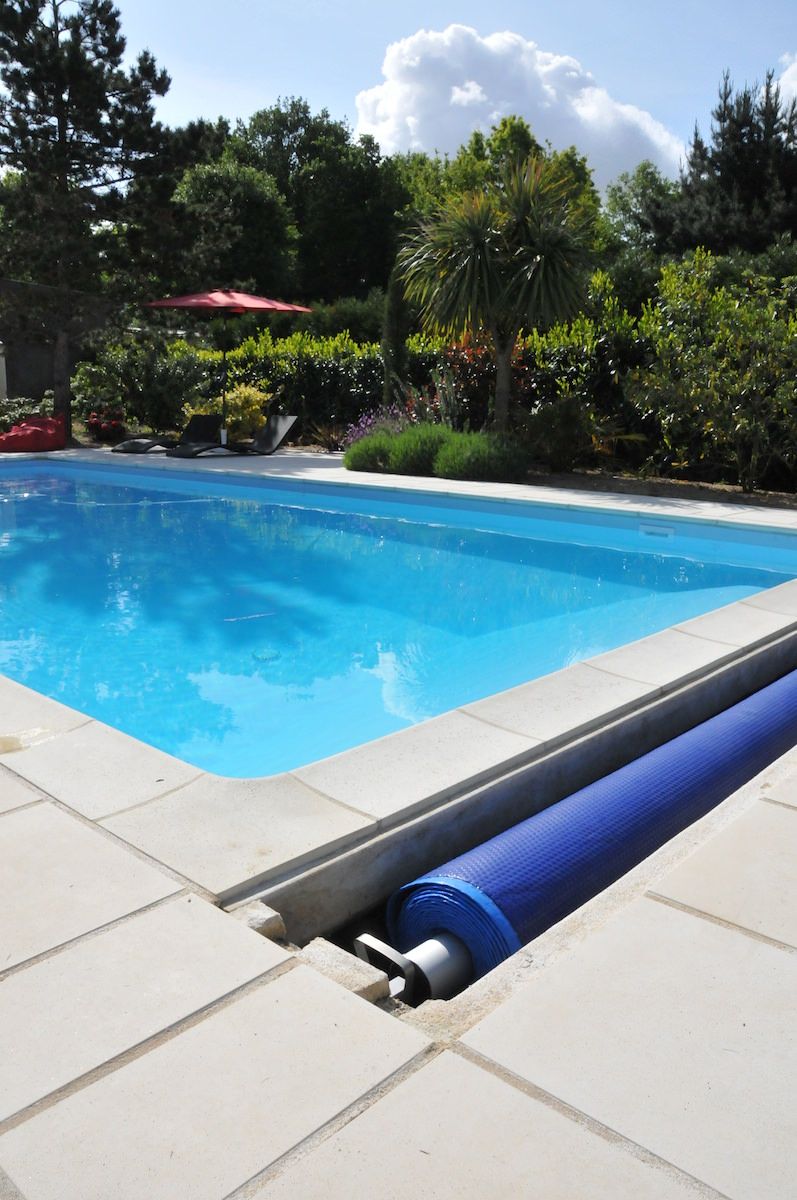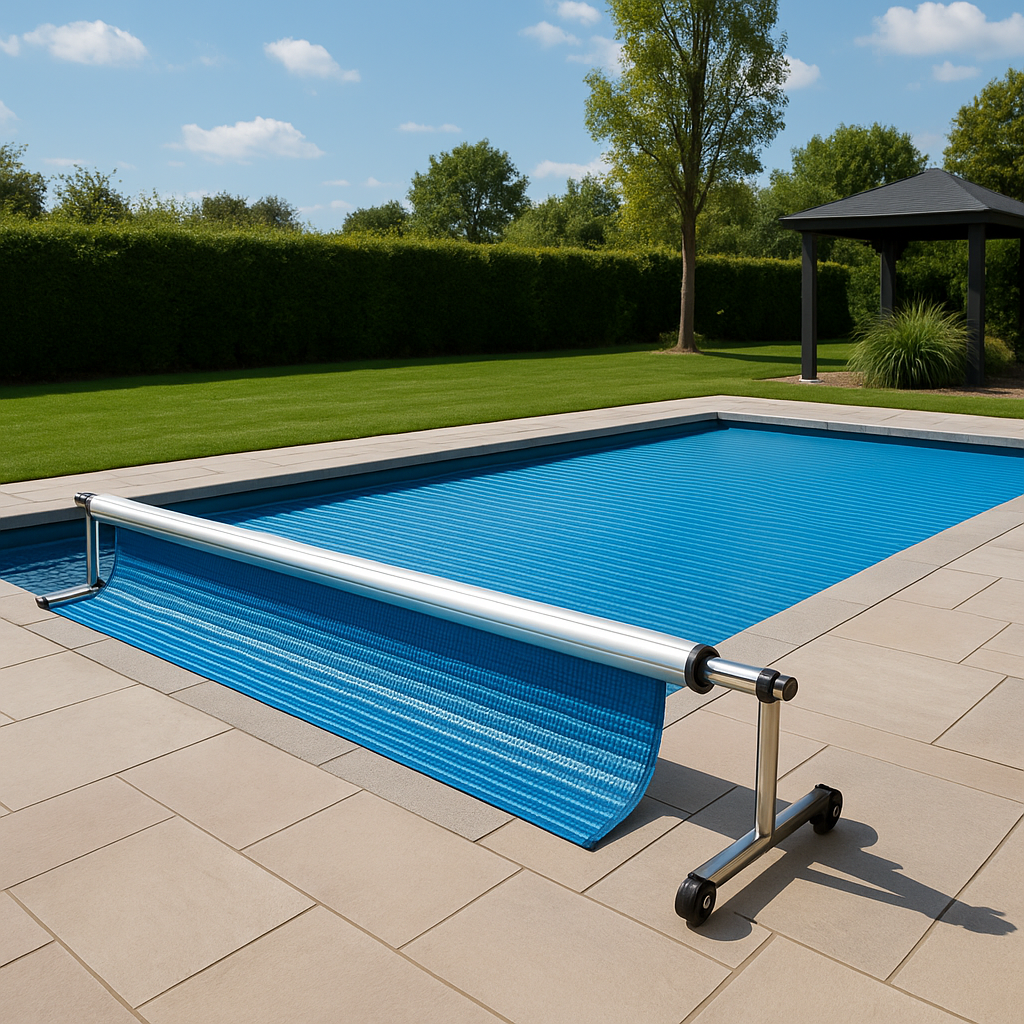A sparkling, clean swimming pool is a source of joy and relaxation, but maintaining that crystal-clear water requires an effective filtration system. The heart of many such systems is a high-quality pool sand filter, a reliable and low-maintenance workhorse that keeps your water free of dirt and debris. Understanding how this essential piece of equipment works is the first step toward effortless pool ownership, whether you have an in-ground oasis or are looking for the perfect sand filter for above ground pool installations.
A Guide on How to Use a Pool Sand Filter
To get the most out of your system, you need to know how to use pool sand filter settings correctly. The key is the multi-port valve, which directs the flow of water. The 'FILTER' setting is for normal, everyday operation, pushing water through the sand media to trap impurities. When the pressure gauge reads 8-10 PSI above its clean starting pressure, it's time to clean. Set the valve to 'BACKWASH' to reverse the water flow, flushing trapped debris out through the waste line. After backwashing, use the 'RINSE' setting for about 30-60 seconds to resettle the sand bed and prevent sand from returning to the pool. Other useful settings include 'WASTE,' which bypasses the filter to drain water directly, and 'RECIRCULATE,' which circulates water without filtering, ideal for distributing chemicals quickly.
Step-by-Step Guide to Installing a Pool Sand Filter
Properly installing a pool sand filter is crucial for its performance and longevity. The process is straightforward, making it a popular DIY project for pool owners. First, choose a level, solid base for the filter tank and pump, ensuring it's protected from the elements. Connect the pump to the multi-port valve on the filter tank according to the manufacturer's instructions. Before adding sand, fill the tank about halfway with water to cushion the laterals (the slotted pipes at the bottom) and prevent damage. Carefully pour the correct grade and amount of pool filter sand into the tank. Once the sand is in, finish connecting the plumbing from the pool's skimmer to the pump and from the filter's return port back to the pool. Finally, prime the pump, start the system on the 'FILTER' setting, and check for any leaks.
The Essentials of Pool Filter Sand Cleaning and Maintenance
Regular pool filter sand cleaning is essential for maintaining water clarity and system efficiency. The primary method is backwashing, which should be performed whenever the pressure gauge indicates a significant increase. This simple process flushes out the collected dirt and debris, restoring water flow and filtration capacity. Beyond backwashing, it's good practice to deep clean the filter annually with a specialized sand filter cleaning solution. This chemical cleaner breaks down oils, lotions, and other gunk that backwashing alone can't remove. Over time, the sharp edges of the sand grains wear down, becoming less effective at trapping fine particles. For this reason, the sand in your pool sand filter should be completely replaced every 3 to 5 years to ensure your pool remains sparkling and inviting.







